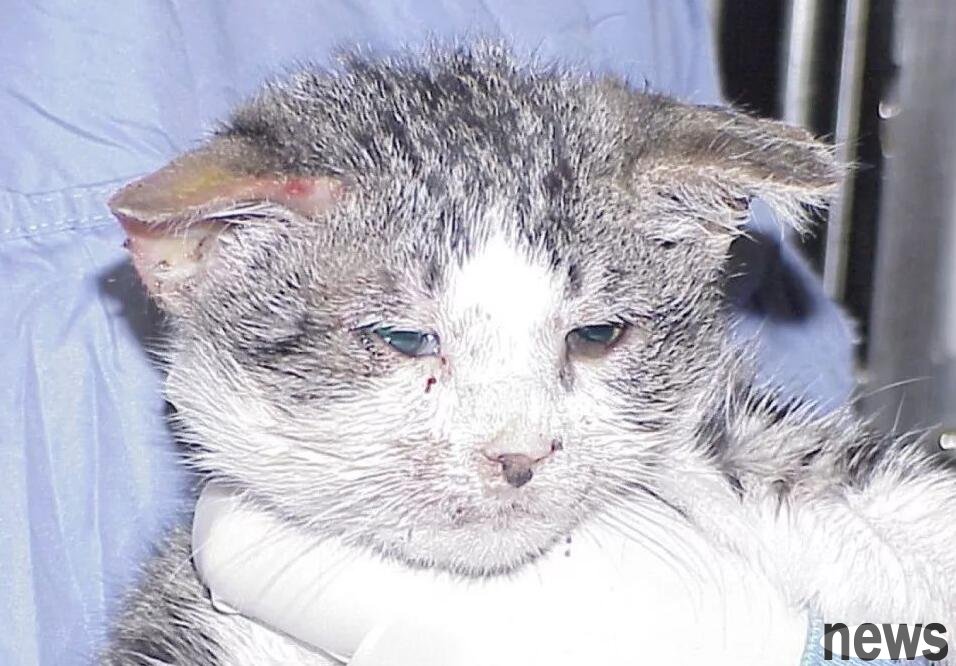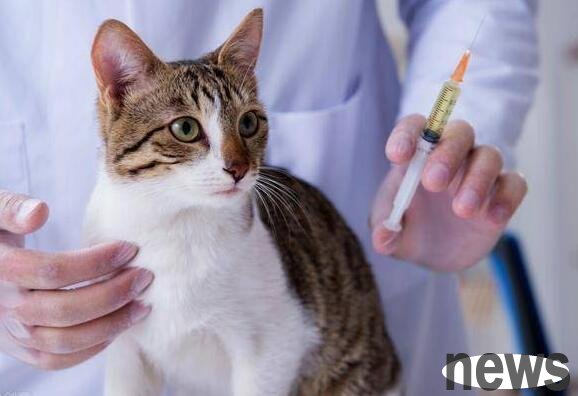Why do cats get calicivirus? Calicivirus is a multiple respiratory infectious disease. The disease has a high incidence rate, but thankfully, the mortality rate of this disease is not high. The disease mainly manifests as upper respiratory tract sym...
Why do cats get calicivirus? Calicivirus is a multiple respiratory infectious disease. The disease has a high incidence rate, but thankfully, the mortality rate of this disease is not high. The disease mainly manifests as upper respiratory tract symptoms, namely depression, serous and mucous rhinitis, conjunctivitis, stomatitis, bronchitis, and bronchitis, accompanied by bipolar fever.
Under natural conditions, only cats are susceptible and often occur in cats aged 6-84 days. The main sources of infection of this disease are sick and poisonous cats. The former can discharge a large amount of viruses with secretions and excretions in the acute phase, contaminating utensils, ground and items, and can also be directly transmitted to cats. The latter is generally transformed from acute cases. Although the clinical symptoms disappear, they can be detoxified for a long time and are the most important and dangerous source of infection.
The best treatment for cats calicivirus:
· Recover dehydration through infusion
· Electrolyte replenishment
· Nutritional support
· NSAID analgesia (nonsteroidal anti-inflammatory drugs)
· Remove secretions
· Mucus lytic agents If there is purulent secretions
· Interferon
· If you have pneumonia, please breathe oxygen
Cats infected with calicivirus are prone to sniffles due to loss of appetite caused by fever, oral ulcers and nasal congestion. If you don't eat for more than 3 days, you may need to use a tube to force feed. In the case of severe stomatitis, broad-spectrum antibiotics, glucocorticoids, immunosuppressants, etc. can be used to prevent secondary infections.

Prevent cat calicivirus infection
Because it is a virus without envelope, it has anti-sterilization ability and lasts for a long time in the environment. It is necessary to thoroughly disinfect, especially in multi-breeding environments and inactivate the virus.
Vaccination
Vaccination against cat calicivirus is listed as the "core vaccine" for vaccination, regardless of the growth environment. The role of the vaccine is to relieve symptoms when infected with the virus and never prevent the infection itself or control the virus from falling off after the virus is infected.
The timing of vaccination
The immunity of the cat to transfer from the calicivirus received from the female cat at birth is reduced by about 15 days after birth. Although individuals vary widely, antibody titers are estimated to last up to 10 to 14 weeks after birth, so it is necessary to get vaccinated at a time when immunity decreases and the formation of acquired immunity in vivo. A common vaccination procedure is the first vaccination at 6 to 8 weeks of age, with the second interval being 3 to 4 weeks, and the third vaccination at 16 to 20 weeks of age when the transition antibody is sufficiently weakened. Vaccinate once a year later.
Virus Disinfection
Although catalogivirus cannot survive for one day in a dry environment of 37°C, it has been confirmed that it can maintain infection for 21 to 28 days in a dry environment in a dry environment in a room temperature, or for 60 days or more in a dry environment in a dry environment in a 4°C. This is why it causes viral respiratory infections as well as type I herpes virus during the cold winters. Since the virus can spread from cats to cats through contact with the culture medium attached to the virus, in a multi-head environment, the virus must be firmly inactivated.

Boil and disinfected small items
In order to inactivate cat calicivirus with hot water, it is necessary to boil and disinfect at 70°C for 5 minutes and disinfect at 100°C for 1 minute. Cats may be placed in their mouths, such as cat cutlery and toys, and when disinfecting small things that can be placed in the pot, it is best to use hot water instead of medication.
Facilities Chemical Disinfection
When disinfecting cat calicivirus with drugs, active ingredients must be used. The concentration should be maintained well to completely inactivate the virus.
Disinfection clothing and textile products
It is reported that bleach containing bleach activators has strong virulent activity. In particular, those containing sodium oxybenzenesulfonate (OBS) and hydroxybenzoic acid (OBC) are considered effective. Clothing that adheres to viruses should be cleaned with bleach cleaning agents containing the above ingredients, rather than just water.
Hand disinfection
If you try to stroke other cats with a virus attached to your finger, then humans will become viruses and spread infections, so you must disinfect thoroughly. It is reported that calicivirus can be rinsed with running water for 15 seconds, reducing the amount of virus to about 1/100 (0.64%). Furthermore, when hand soap containing surfactant components is used, the removal amount is increased, and when hand soap containing iodine compound (povidone iodine) is used, inactivation is promoted.
Repeated washing will further reduce the number of viruses, so using medicinal soap containing iodine compounds and repeated washing of hands while rinsing with water can prevent infection.
Feeding pressure
Cats infected with calicivirus often heal spontaneously and then become virus carriers in the body without symptoms. The virus is thought to be lurking in the tonsils, but it cannot be ruled out that it may be hidden by other tissues. It must be noted that the virus recurs due to stress, diseases that lead to immunodeficiency, the use of immunosuppressants, aging, malnutrition, etc., and it is excreted in the secretions of the eyes and nasal cavity and transferred to other cats. This is sometimes point. First, let’s do a complete indoor feeding. It is also important to improve the indoor environment and help cats live stress-free. Once infected with the virus, even if the symptoms disappear, the cat will become a vector that carries the virus. As stress can lead to diseases that lead to immunodeficiency, immunosuppressant administration, aging and nutritional deficiency, the virus may be rejected and excreted again in the environment.